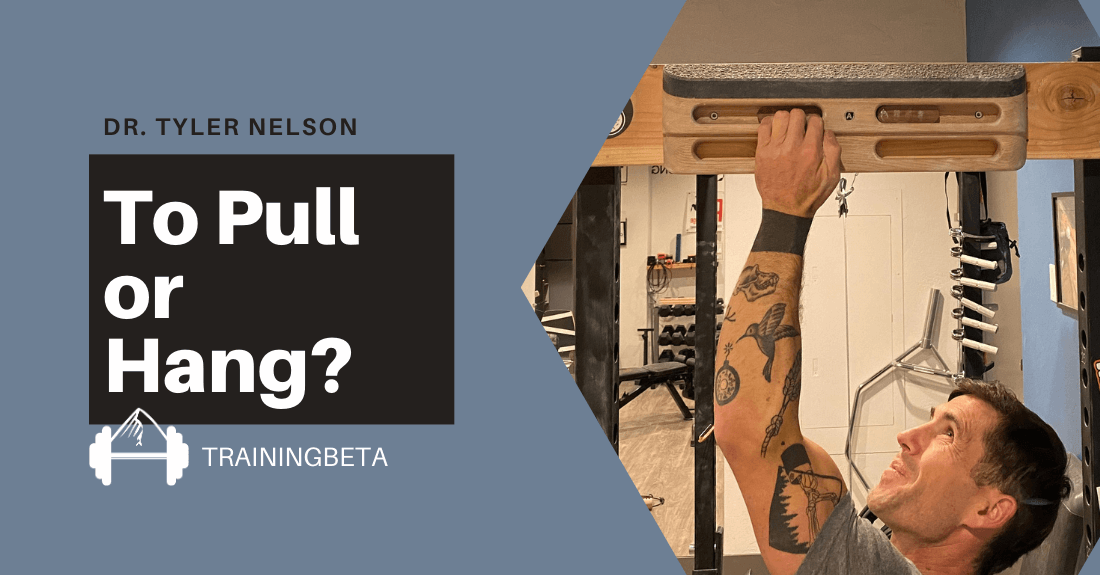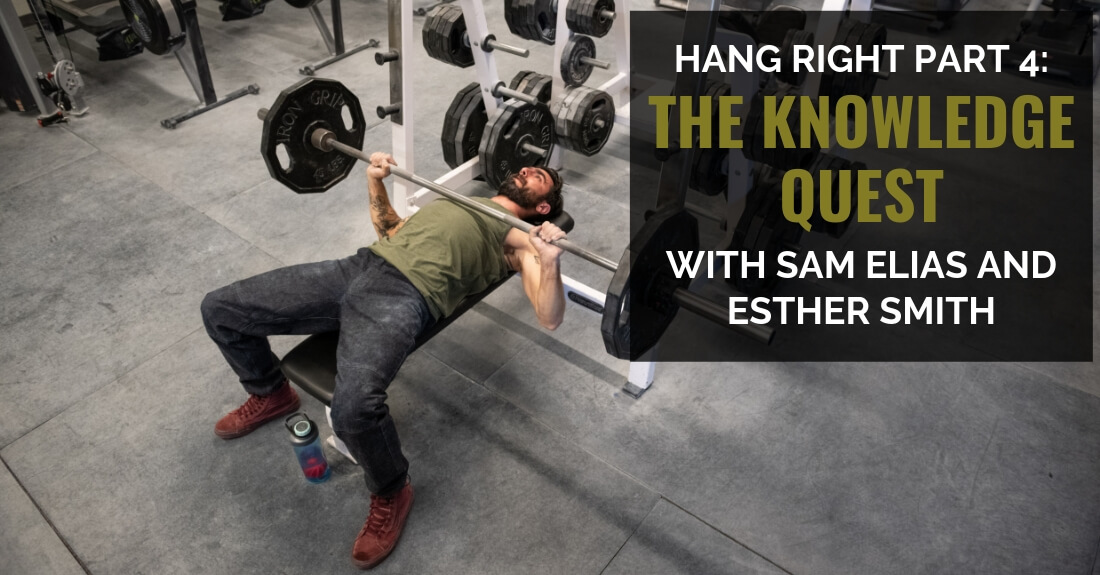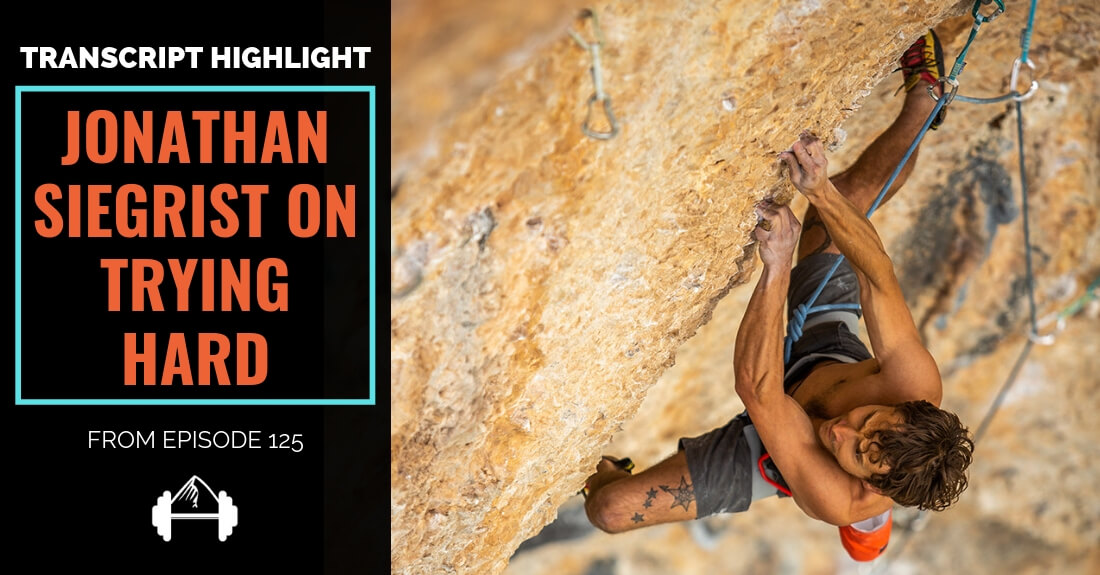A couple months ago, we posted an article by Mark Anderson, one of the authors of The Rock Climber’s Training Manual, about his successful ascent of his multi-season project Shadowboxing in Rifle Colorado. Mark’s ascent was particularly impressive not only because few climbers ever successfully climb 5.14d/9a, but also because of the calculated and dedicated hard work that he put in to reach his goal.
Today, we have the first article in a series by Mark in which he outlines his entire process from choosing to project Shadowboxing, to how he systematically trained for it, and then eventually sent. In this first article, Mark outlines exactly why he he committed to trying Shadowboxing and how his first season of attempts progressed.
Why Shadowboxing?
While a particular climber’s reasons for selecting a climbing project may seem a little boring or dry, for those of you familiar with the Anderson Brothers and their methods you know that Mark didn’t arrive at his decision to devote multiple seasons to this route lightly. Instead, Mark weighed all of the contributing factors including proximity, ease of access, and climbing style to ensure he was giving himself the best possible chance for success.
Here are the main factors Mark thinks are important when selecting a long term project:
- Inspiring enough to keep you motivated through several training cycles, even when the end is nowhere in sight.
- Logistically convenient enough to allow as many opportunities as possible to attempt the route. Factors such as typical weather, length of climbing seasons, approach and geographic proximity all come into play.
- High quality, so you are psyched to get on the route day after day (or at least you don’t dread getting on it)
- Non-threatening (from an injury perspective), so you aren’t accumulating injuries throughout the process.
- Challenging, yet still possible.
In this article, Mark takes us through how he evaluated each of these points and used them to rule out other 9a routes he was considering. The important point here is that if you are truly looking to work on a route at or above your limit, you need to do everything in your power to stack the deck in your favor. It’s not enough to just train hard and hope for the send. If you really want to succeed, take control of the entire process.
Initial Season on Shadowboxing
Beyond taking us through how he chose the route, Mark also uses this first article to describe his initial season of attempts on the route. He takes us through his first frustrating day not being able to do all the moves and how he progressed to eventually two-hanging the route. However, he is also very careful to note that while this certainly represented progress it didn’t mean a send was just around the corner or guaranteed at all.
Instead, Mark used this first season as a way to honestly evaluate his strengths and weaknesses on the route. In doing so, Mark determined that it was a lack of high-end endurance that was holding him back. Information like this couldn’t be more important as it gave Mark a path forward knowing that if he was going to succeed he need to improve this specific weakness.
Whether you are involved in a long term project or not, honest self-evaluation like this is one of the best tools we have as climbers to help us improve.
Click through below to read the full article. If you are a climber who projects or is considering doing so in the future, this article is a great insight into exactly how demanding this process can be as well as how much thought and hard work go into a successful send of a longterm project.
Full Article: Mark Anderson on Choosing Shadowboxing
(photo courtesy of rockclimberstrainingmanual.com)
Other Articles You Might Like:
- Mark Anderson on Sending Shadowboxing
- The Process of Projecting by Jamie Emerson
- Choosing Your Climbing Projects with Alli Rainey
- Evening Sends – Tips for Redpointing






Leave A Comment